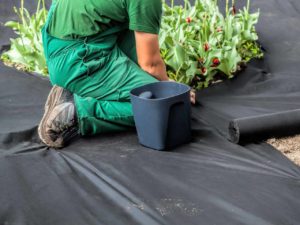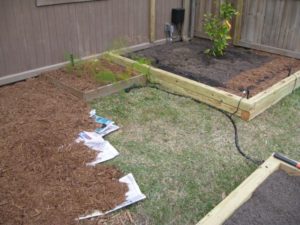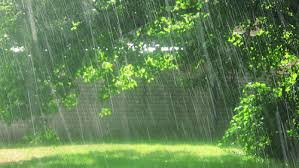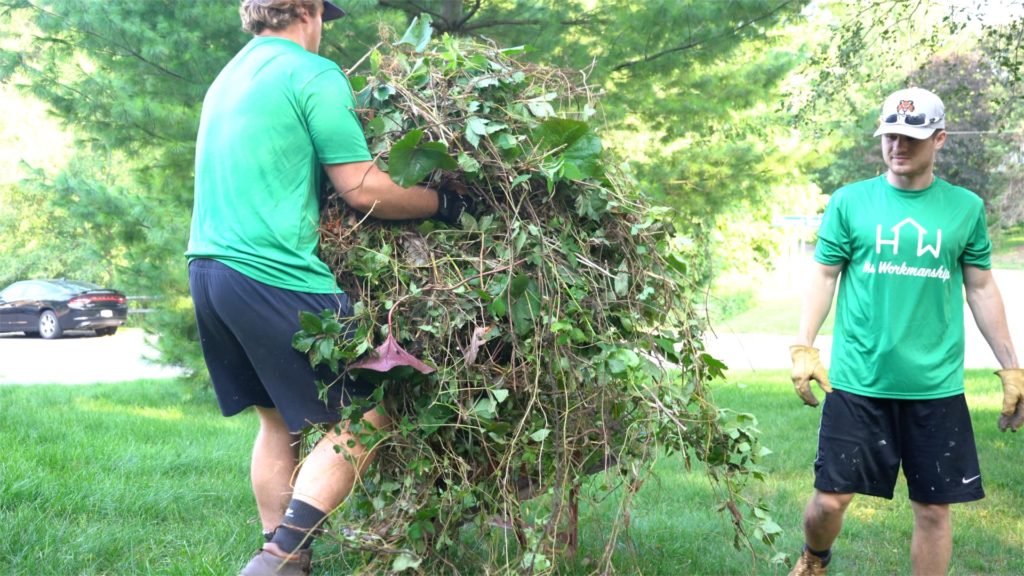Table of Contents
Weed removal is a daunting task because it seems like they always grow back. But pulling out weeds is an important part of maintaining your garden beds. If you never deweed your flowerbed, then you will lose a friend you want to keep and gain a friend you want to lose. Long thistles and other weeds are an eyesore that will catch the attention of your neighbors and likely irritate them. Long and tall weeds can also be breeding grounds for rodents and other pests. These pests are not friends you want hanging around. Cutting back these weeds will remove their hiding places and force these pests to find another home. Plus, it will put you on better terms with your neighbor. It’s a win for everybody, except the sorry pests!
Gardens are great; weeds are not. Grass is convenient; dandelions are not. Perennials are beautiful; creeping Charlie is not. The unfortunate reality is that the awesomeness of a garden will almost always be accompanied by an extravagant amount of weeds. Perhaps your first months of clearing the garden is slightly fulfilling, as the weeks drag on it becomes readily apparent that pulling out weeds is no form of entertainment. But take heart, you are just 4 easy steps away from experiencing the joy of a weed-free garden.
1. COVER UP THE WEEDS
Just think about it. Weeds are living things and so they need light to survive. Without the light of day, then weeds will die a glorious death. The practical takeaway is to cover up the weeds. There are two main ways to do this: apply weed barrier and lay down mulch.
The cheaper kind of weed barrier is made out of low-grade cloth, but the more expensive stuff is made out of heavy-duty woven fabric. If you really care about your garden beds, then I recommend doing it the right way and investing in the expensive woven fabric. It will pay off in the long run because you won’t need to hire a gardener to regularly weed, nor will you need to spend hours and hours every week weeding yourself. To learn how to install weed barrier, just watch this video. If you want to get creative, you could even use newspaper or a sheet of cardboard to cover up the weeds.
One important caution to bear in mind: once enough dirt or organic materials settle on top of the fabric, the weed seeds will be able to start growing on top of the fabric. So be careful not to allow fresh fertile soil to accumulate above the weed barrier.

Obviously to stop at just applying weed barrier won’t look nice at all. So you will need to cover it with something. The most common option are either rock or mulch. If you want your garden bed low maintenance and don’t plan to do much planting, you could just install landscape rock over the fabric. However, this makes planting much more difficult since you will need to rake the rock if you want to plant in a new area. Additionally, if you don’t already know, removing rocks is a pain in the butt, as my last blog post indicates.
So I strongly recommend using some kind of mulch. Mulch can take the form of bark pieces or wood chips. Mulch comes in a variety of colors too, like red or brown. And best of all, mulch will smoother out the weeds. Believe it or not, mulch actually can help your plants by keeping the dirt moist. There is one kind of mulch, organic mulch, which can be a living environment for cricket and beetles. These little insects are great for killing hundreds of little weed seedlings.
But you ask, how thick should I lay the mulch? You should definitely have more than 1 inch. Anything less will leave patchy areas and won’t cover the weeds from daylight enough to choke them out. You should have anywhere between 2 and 3 inches. But be careful, any more than 3 inches deep can prevent the necessary oxygen from getting to the dirt.

2. WEED RIGHT AFTER A RAINY DAY
It’s no secret that after a rainy day, the soil is loosened up and it becomes easier to pull out the weeds. So why not take advantage of this by getting our your gloves and going to town on those weeds. I have found that a kneeling pad makes things easier for my knees so that I can last longer out there picking out weeds. Obviously, if you are pulling out thistles you will need a pair of heavy-duty gloves handy. But if the weeds aren’t sharp, and if you don’t mind getting some dirt underneath your finger nails, then my preference is not using gloves. This helps me to get a better grip on the weeds and makes it easier to pull them out by the roots. If weeds are too big to be manually pulled out, then be sure to bring a hoe or a small shovel along with you.

3. CHOP OFF THE TOPS OF WEEDS
There’s nothing quite like decapitating a weed is there!?!? Sweet revenge. If for some reason, you are unable to pull out the weeds by the roots, then the next best thing is to cut off their heads.
This is sometimes called “deadheading” and it will buy you an extra couple weeks before the seeds fall. You can do this with a loppers, or else a hedge trimmers. This will prevent the weeds from spreading around your beautiful garden.
4. AVOID WATERING THE WEEDS
If you can afford a drip irrigation system, that would be the best way to go. It’s an easy way to water your plants but not your weeds. You could always just water your plants manually, but let’s be honest; this just makes extra work for you. Weeds, just like plants need water to survive, so if you can deprive them of their life support, you essentially pull the plug on their existence.
So there you have it, 4 easy steps for getting rid of weeds. But don’t take my word for it, try these out for yourself so you can experience the joy of a weedless garden. However, if the thought of getting dirty with all this gardening work frightens you, then it would probably be a good idea to hire a weeding service that offers regular garden maintenance. His Workmanship hires trained and experienced local gardeners who can pull the weeds out by hand. Click here to get in touch!



